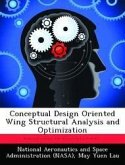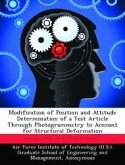Micro air vehicles (MAVs) are intended for future intelligence, surveillance, and reconnaissance use. To adequately fulfill a clandestine capacity, MAVs must operate in close proximity to their intended target without eliciting counter-observation. This objective, along with DARPA's constraint of a sub-15 centimeter span, requires future MAVs to mimic insect appearance and flight characteristics. This thesis describes an experimental method for conducting a structural analysis of a Manduca Sexta (hawkmoth) forewing. Geometry is captured via computed tomography (CT), and frequency data is collected using laser vibrometry in air and vacuum. A finite element (FE) model is constructed using quadratic beams and general-purpose shell elements, and a linear dynamic analysis is conducted. A preliminary verification of the FE model is carried out to ensure the Manduca Sexta forewing is adequately characterized, providing a basis for future fluid-structural interaction computations. Included is a study regarding the aeroelastic effects on flapping-wing insect flight, and an analysis of the structural dynamic anomalies of conventional, flat, semi-rigid flapping wings.
Hinweis: Dieser Artikel kann nur an eine deutsche Lieferadresse ausgeliefert werden.
Hinweis: Dieser Artikel kann nur an eine deutsche Lieferadresse ausgeliefert werden.







